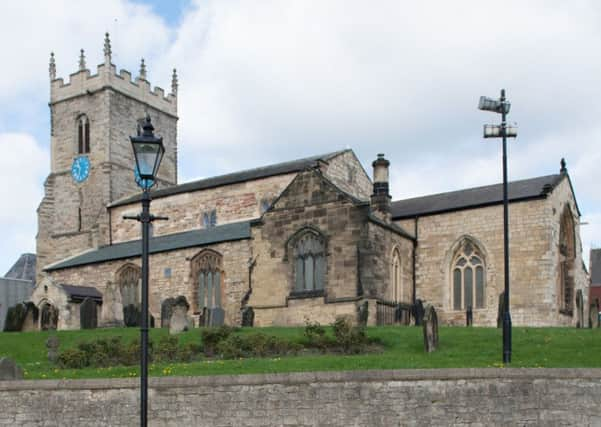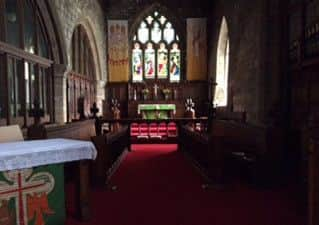History of Hartlepool church on show - and a chance to try bell ringing


Chris Cordner looks at Stranton Church which has been a part of Hartlepool life for hundreds of years.
A prominent and historic Hartlepool church is opening its doors to visitors as part of a campaign to promote heritage.


Advertisement
Hide AdAdvertisement
Hide AdStranton Church in Hartlepool is part of the Heritage Open Days scheme organised by English Heritage.
This weekend, the public can find out more about a fascinating venue. As well as paying a visit to look around, visitors can try bell ringing.
The church will be open on Saturday, September 10, between 10am and 4pm, as well as on Sunday, September 11 from 1pm to 4pm.
The bell tower will also be open between those times. Organisers say that it will not be possible to see the bells, and access will be to the ringing chamber.


Entry is free of charge, and donations will be accepted.
Advertisement
Hide AdAdvertisement
Hide AdAnybody over the age of eight can visit the ringing room, although with access up a spiral staircase, those with limited mobility may not find it possible.
However, there will be guides in the church to show visitors the many interesting features of this historic building.
A look at the history of the church shows that no-one knows for sure how old it is.
What historians do know is that the central part of the current building dates back to around the 12th century.
Advertisement
Hide AdAdvertisement
Hide AdThere’s a high probability, though, that there was a building on the site before then, as well as evidence of stones in the wall being of Saxon origin.
And there’s plenty of evidence of the Stranton area having a strong influence on Hartlepool. The parish covered almost all of Hartlepool other than the St Hilda’s parish on the Headland and Hart.
The village of Stranton was an old Saxon village with a pond, a vicarage, and mill with the church on the hill.
There’s plenty of historic names to link to it, including Robert de Brus who granted Stranton’s patronage to Gisborough Priory in about 1120. The vicarage was ordained before 1234 and Stranton appropriated the Priory.
Advertisement
Hide AdAdvertisement
Hide AdThis meant the tithes went to them. After the Dissolution of the Monasteries, in 1536, Henry VIII took over the patronage for the crown which it retained until 1607 when Philip Chewte and Richard Moors were granted the Rectory. Later still it became the gift of the White Ridleys, then Tom Robinson. It is now in the gift of St. John’s College, Durham.
The vicars’ board stretches back to Richard de Topcliffe in 1312, but there were others before him whose names are not recorded. The present incumbent is the Rev Dr Norman Shave, who arrived in 2012.
Find out more by visiting the excellent website at http://www.stranton-church.org.uk/
And to learn more about the Heritage Open Days project, visit www.heritageopendays.org.uk and search for Hartlepool.